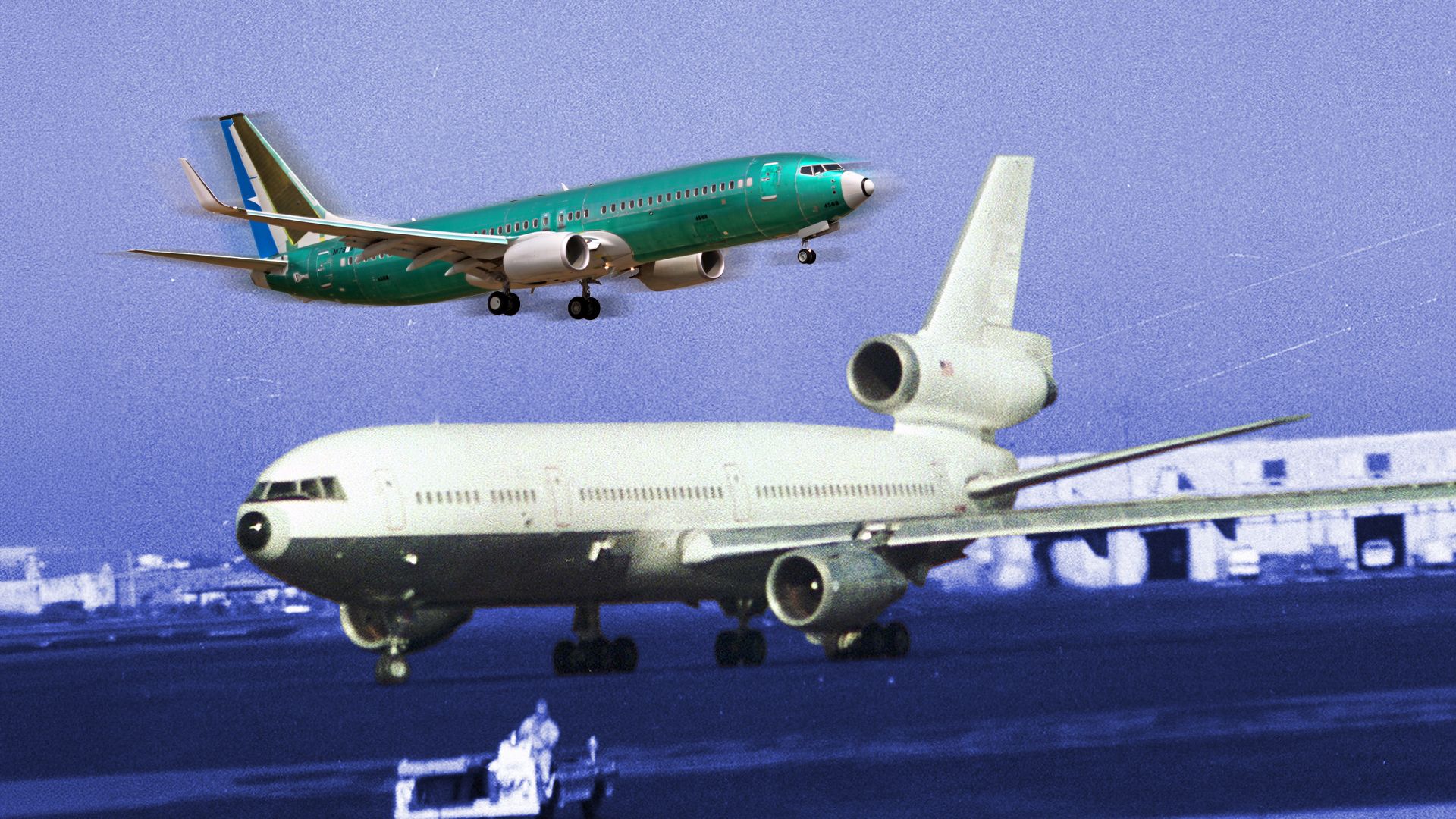Boeing’s merger with McDonnell Douglas in 1997 was driven by the need to enhance its military capabilities amid a struggling commercial aircraft division. The merger aimed to solidify Boeing’s position as a leader in both commercial and military aviation. However, it has been suggested that the partnership may have contributed to several persistent issues within Boeing, particularly in the realms of production quality and management practices.
Historical Context of the Merger
Boeing’s journey as a commercial aircraft manufacturer began in the 1950s with the introduction of the Boeing 707. This aircraft helped usher in the Jet Age, establishing Boeing as a dominant player in the industry. At the time of the merger, McDonnell Douglas had its own history, notably with the Douglas DC-3, which revolutionized air travel. Despite its earlier successes, by the time of the merger, McDonnell Douglas was struggling financially, particularly in its commercial segment, while its military division remained robust.
The merger with Boeing was seen as a strategic move to combine Boeing’s strong commercial presence with McDonnell Douglas’s military capabilities. At the time, McDonnell Douglas produced iconic military aircraft such as the F-15 Eagle and the F/A-18 Hornet, making it an attractive partner for Boeing, which sought to diversify its operations.
The Aftermath of the Merger
Post-merger, Boeing quickly phased out the struggling McDonnell Douglas commercial aircraft lines, including the MD-11 and MD-90. The MD-95 was rebranded as the Boeing 717-200, but it too failed to gain significant market traction, with only 156 units sold before production ceased in 2006. Despite this, Boeing continued to develop and market McDonnell Douglas’s military aircraft, ensuring that their legacy persisted within Boeing’s offerings.
Boeing’s management structure shifted significantly following the merger. Many executives from McDonnell Douglas assumed critical leadership roles. This new leadership approach has been characterized by some as a transition in corporate culture that prioritized short-term gains over sustainable practices, which has had lasting implications for the company.
Quality control issues began to surface prominently in the following years, notably with the introduction of the 787 Dreamliner, which faced extensive delays and production challenges. Although the aircraft was celebrated for its fuel efficiency, the project became notorious for its logistical difficulties and quality assurance problems, leading to production halts and increased costs.
The most significant incident impacting Boeing’s reputation occurred with the 737 MAX program, which suffered two fatal crashes in 2018 and 2019. Investigations revealed that a flaw in the MCAS software was a primary factor in the crashes, leading to a 20-month grounding of the aircraft. This event severely undermined public trust in Boeing, which had previously enjoyed a strong reputation in aviation.
Today, Boeing continues to grapple with the repercussions of its decisions following the McDonnell Douglas merger. The company has recognized the need to enhance its quality control protocols and restore its standing in the industry. The long-lasting effects of management changes and production issues illustrate how a strategic merger can yield complex challenges that persist for years.
In conclusion, while the merger with McDonnell Douglas was intended to create a balanced portfolio of commercial and military aviation products, it has left Boeing navigating through a challenging landscape shaped by earlier decisions. As the company works to rebuild its reputation, it faces the task of addressing the legacies of past leadership and production practices.
